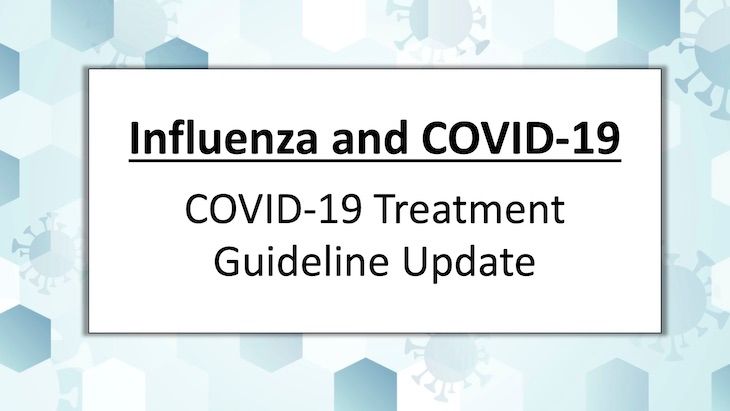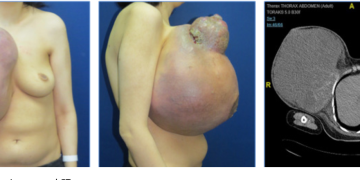OPD Guidelines for the Orthopedic Department is one of the must things to do during the COVID Pandemic. All the hospitals should maintain the code of conduct or the guideline for the running of the OPD in every hospital. Attending the patient in the OPD department of Orthopedic especially we should take high consideration while clinical examination, accessing patients in Emergency, ward, operation room, and so on. From the treatment of non-coivd patients to suspected or the COVID patient, we all should be highly cautious to treat the patients. Self Protection is one of the major protection of health Personnenls. So, here below is the guideline for the orthopedic department while treating the patient in OPD Basis. This guideline is by Nepal Orthopedic Association for the COVID Pandemic.

OPD management in OPD Guidelines for the Orthopedic Department by NOA
The aim is to minimize the patient in outpatient visits and manage patients with non-operative strategies during this period of the pandemic.
- Make sure that patient has been through the triage, check for contact, and travel history before evaluating the patient. Develop a system, prior to attendance at OPD, to ask patients whether they’ve been overseas or had had close contact with a person with confirmed COVID-19 while infectious, in the 14 days before the outpatient visit.
- Unless absolutely necessary do not allow visitors to OPD.
- Limit the number of personnel in the waiting area, assign a designated seat for each patient.
- Avoid crowding in the waiting area, maintain > 1-meter distance between the patients, proper hand wash should be followed by all the patients in the waiting room.
- Place a mask on the patient whenever feasible.
- Regular cleaning of the waiting area and clinic with a chlorine-based solution should be done.
- If possible COVID 19 awareness pamphlets, TV programs can be showed in the waiting room.
- Do not put magazines, reading material in the waiting area.
- The clinic should be well ventilated
- Consultant delivered, definitive decision-making at first attendance for every patient
- No surgery should be scheduled without senior input.
- Because the emergency department is likely to be overloaded, a trauma clinic or team should be present so that every patient with minor trauma that would otherwise be managed by ER team would be directed to the team, which should ideally be present 7 days a week.
- Most dislocation should be reduced in ED, or trauma clinic. If stable after reduction, the patient can be discharged with appropriate splinting and follow up.
- Patients needing immediate management requiring sedation should be managed in emergency department by the team
- Develop a telemedicine service plan for use for patients with special needs or general population.
- Direct telephone access to the orthopaedic team for referral and regular follow up so as to minimize the need for the patient to attend hospital, only those patients should be called to attend hospital whose potential benefit outweighs the risk of hospital attendance.
- Emphasize hand and respiratory hygiene and other infection prevention techniques through education, policies, signage, and easy availability of supplies. Develop patient movement and transportation route plans.
- Create `fast-track’ or other methods for rapid evaluation and prescribing for minor illness.
- Decrease the impact on radiology.
- Send patient to radiology only after assessed by the trauma clinic/team to avoid unnecessarily and repeat x-rays
- Avoid multiple imaging modalities; immediate use of modality most likely to give a definitive diagnosis
- Minimize using a CT scan because it is an investigation of choice for COVID 19 pneumonia. Sending patients for CT scans may overload the radiology department.
- If possible, use C-arm in the trauma clinic
- Follow up imaging should be done only when there is likely to be a significant change in management.
- Use and teach patients/visitors to remove self-removable casts or splints to reduce the follow-up requirement.
- Follow up on the request of the patient should be deferred, only when it is unavoidable should such patient visit hospital.
- All follow up should be done via telephone if possible. All existing appointments should be canceled, postponed, or remotely conducted.
- Rehabilitation services are likely to be limited. Alternative sources like written or web-based information can be used.
- Most upper limb fractures with high rates of the union, including clavicle, humerus, and wrist fractures may be managed non operatively, recognizing that few may require late reconstruction.
- Ligamentous injuries of the knee may be managed with bracing in preference to ligament reconstruction.
- Penetrating wounds to limbs that are not contaminated and have no neurological or vascular deficit can be managed in ED, Trauma clinic.
- Abscesses without systemic sepsis may be incised and drained under local anesthesia in ED, trauma clinic.
PPE considerations for OPD: OPD Guidelines for the Orthopedic Department
Physical examination of a patient with symptoms suggestive of COVID-19
- Medical mask eg; N95 respirator
- Gown
- Gloves
- Eye protection
- Perform hand hygiene
Physical examination of patients without symptoms suggestive of COVID-19
- Surgical mask
- Gloves
- Perform hand hygiene
- Depending upon the local situation and resource availability, PPE should be donned according to standard precaution and risk assessment








Discussion about this post